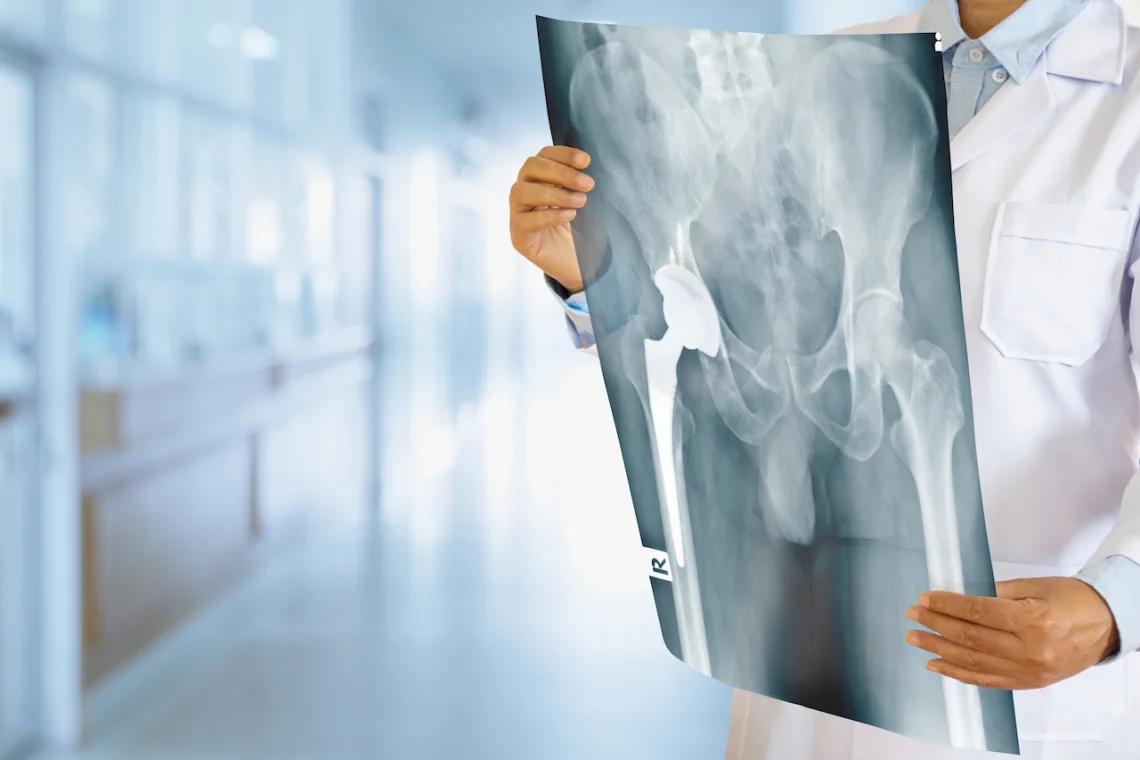Hip fracture patients in Low- and Middle-Income Countries (LMIC) in Asia are set to benefit from a new study that aims to bring best practice programmes to improve quality of life for patients and reduce healthcare costs.

(Image - Shutterstock)
Funded by an £4million grant from the UK National Institute for Health and Care Research, the study will bring together researchers from the Nuffield Department of Orthopaedics, Rheumatology and Musculoskeletal Sciences (NDORMS) at the University of Oxford and clinical academic colleagues in India, Sri Lanka, Thailand, Vietnam, and the Philippines.
Matt Costa, Professor of Orthopaedic Trauma Surgery at NDORMS said: "Evidence from the UK and other developed healthcare economies shows that taking a multidisciplinary approach with hip fracture patients reduces mortality, improves patients' quality of life and reduces economic costs. With rapidly ageing populations in Asia, the number of patients at risk of hip fractures is increasing. Now more than ever, we need to find ways to improve outcomes andrestore quality of life, while also making savings on health system costs."
The HIPCARE package, has three main components that brings in expertise from different specialisms and relies on a streamlined approach to patient care and follow up.
- Prompt surgery - requiring co-operation between surgeons, physicians and anaesthetists.
- Immediate weight-bearing mobilisation after surgery – requiring input from surgeons, rehabilitation specialists, nurses and physiotherapists
- Prompt 'orthogeriatric' assessment to reduce the risk of future falls and fractures – requiring senior physicians co-managing patients with surgeons.
The project will have two parts. The first is to refine the multidisciplinary HIPCARE training and support package to take into account the specific context and requirements of healthcare in each LMIC.
The second is to see if the HIPCARE intervention improves the quality of life for patients in LMIC after hip fracture and whether it would reduce healthcare costs, compared with usual care.
Of the 8 hospitals in each participating country, 4 will continue with usual care and 4 will implement HIPCARE. Each cohort will be measured on a number of parameters from initial admission to hospital, through to assessment 4 months after treatment.
Professor Irewin Tabu, President, FFN-Philippines and Chief of Orthopedic Trauma Division, University of the Philippines-Manila said: "We are looking forward to participating in the HIPCARE study. It has the potential of creating centres of excellence for hip fracture care in the Philippines despite the health and economic challenges in our country."
© Copyright NDORMS, reproduced with permission. New global health grant to improve outcomes for patients with hip fracture — Nuffield Department of Orthopaedics, Rheumatology and Musculoskeletal Sciences (ox.ac.uk)
Find out more about the Oxford Trauma and Emergency Care group here.

Please Sign in (or Register) to view further.